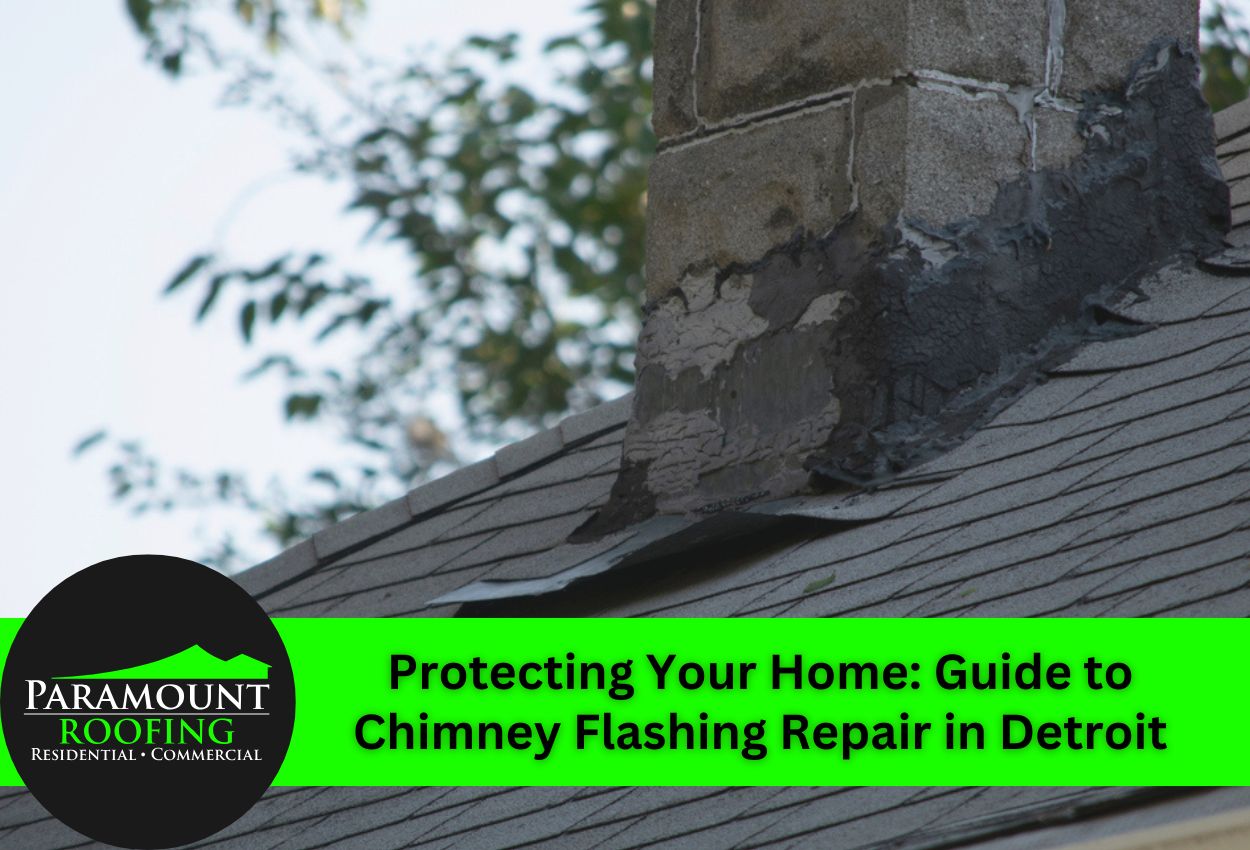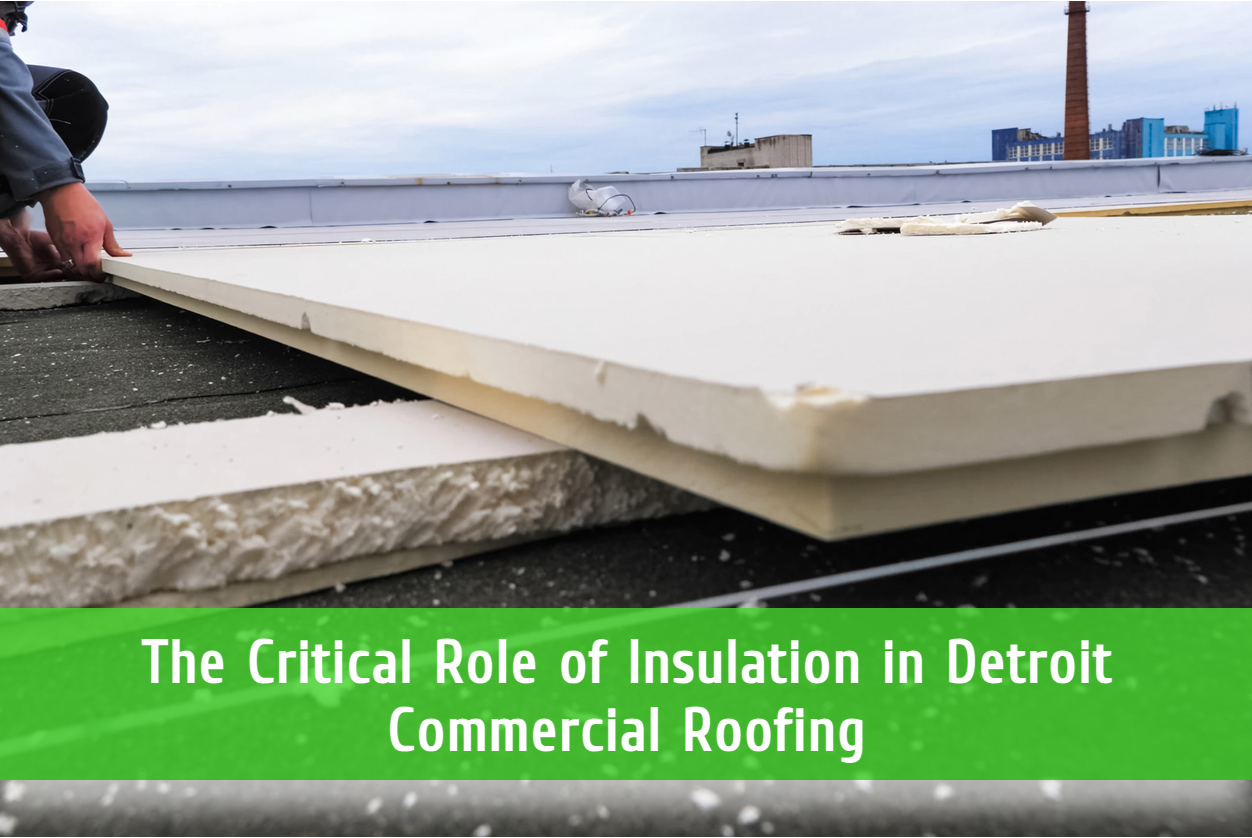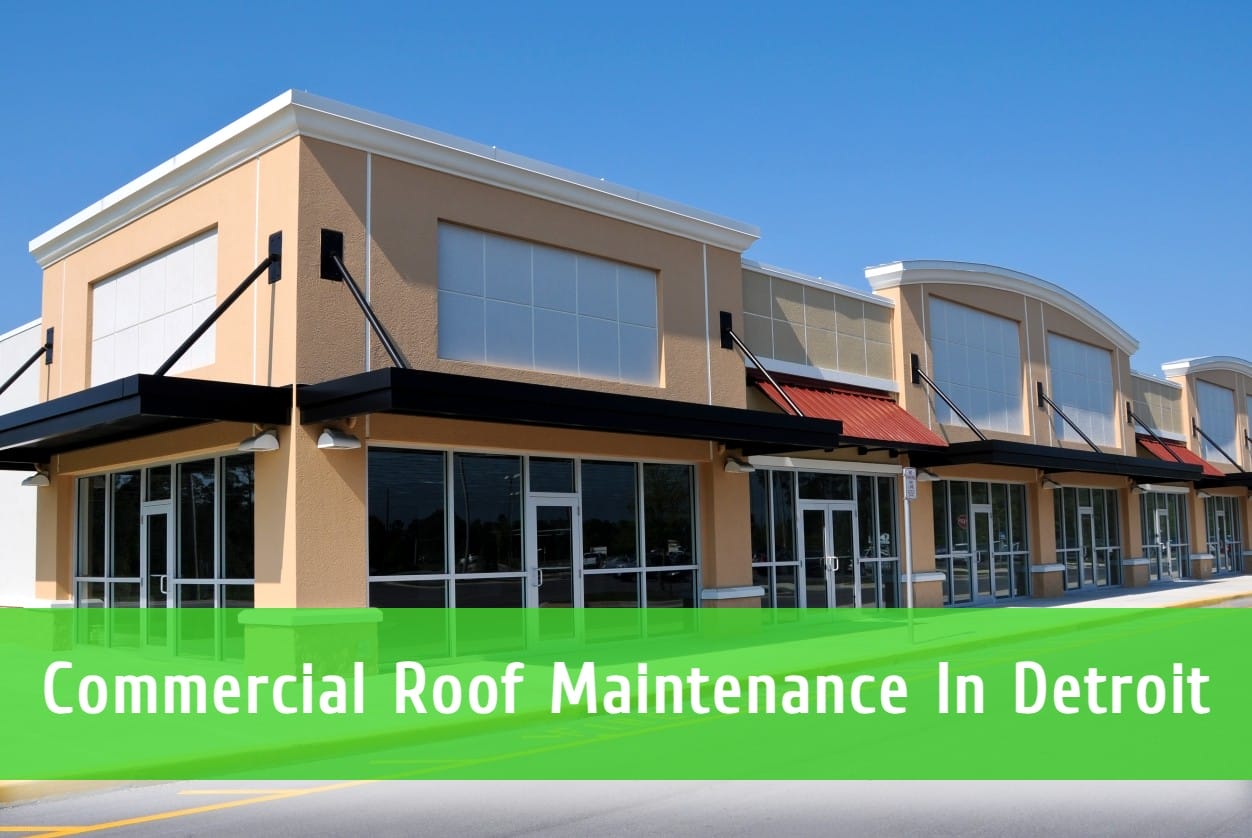
Does siding require any maintenance? The straightforward answer is yes. Despite marketing claims about “maintenance-free” siding options, every siding material needs some level of care to preserve its appearance and protect your home’s exterior. Understanding this reality helps homeowners care for their property and plan long-term maintenance.
Detroit’s challenging climate can stress home exteriors throughout the year. The region’s harsh winters bring repeated freeze-thaw cycles that can cause expansion and contraction in siding materials. Spring storms and summer humidity add additional stress, while autumn debris can accumulate against exterior walls. These seasonal changes affect all siding types, from vinyl and fiber cement to wood and aluminum.
Regular siding maintenance tips include routine cleaning to remove dirt and mildew, inspecting for loose or damaged panels, and making minor repairs before they become major problems. Maintaining vinyl siding differs from wood or composite materials, but the principle remains consistent across all options. Siding cleaning and care extend the material’s lifespan, maintain curb appeal, and prevent water infiltration that could damage your home’s structure. Following a regular siding inspection guide helps identify issues early, helping to determine when replacement is necessary for continued protection.
Maintenance Tasks Every Siding Material Needs
Regardless of material type, all siding requires two fundamental maintenance practices to ensure longevity and performance. Regular cleaning is one part of effective siding care, removing accumulated dirt, mildew, and environmental buildup that can cause permanent staining and gradual material degradation. Most siding materials benefit from annual cleaning using appropriate methods specific to their composition.
General siding care typically involves gentle washing with mild soap solutions, however certain materials like wood may require specialized cleaning products to prevent damage. Siding cleaning and care should address different types of buildup, including pollen, road grime, and organic growth that thrives in moisture-prone areas. Power washing can be effective for certain materials, but requires proper technique to avoid forcing water behind panels.
Routine inspections are the second critical component of siding maintenance. These examinations help identify early warning signs such as hairline cracks, loose panels, or failing caulk joints before they need expensive repairs. A comprehensive siding inspection guide should cover checking for warping, fading, pest damage, and areas where weather stripping has deteriorated
These inspections are particularly important when determining when to replace siding, as catching problems early can often extend the material’s life significantly. Professional contractors can provide detailed assessments during routine maintenance visits, identifying potential issues that untrained eyes might overlook.
Care Routines for Different Siding Materials
While all siding types benefit from regular cleaning and inspections, there are steps homeowners can follow for their specific material.
Vinyl Siding Care Strategies
Effective vinyl siding maintenance begins with cleaning techniques that preserve the material’s integrity while removing stubborn stains and buildup. The key to successful siding cleaning is using appropriate tools and solutions that won’t cause surface damage or discoloration. A soft-bristled brush paired with a mild detergent effectively removes most dirt and mildew without scratching the vinyl surface.
Maintaining vinyl siding requires understanding which cleaning agents work best for different types of stains. For general dirt and grime, a mixture of water and dish soap provides adequate cleaning power. Tougher stains like rust or mildew may require specialized vinyl siding cleaners that break down buildup without compromising the material’s protective coating. Before applying any cleaning product to your siding, test it on a small area to ensure compatibility.
Preventive measures play an equally important role in siding maintenance. Landscaping management prevents bushes and trees from scraping against siding panels during windy conditions. Maintaining adequate clearance between plants and exterior walls also improves air circulation, reducing moisture buildup that encourages mold growth.
Regular gutter maintenance directly impacts vinyl siding longevity by preventing water overflow that can cause streaking and premature deterioration. Clean gutters channel water away from siding surfaces, while clogged systems allow overflow that creates perfect conditions for staining and organic growth. Following a consistent siding inspection schedule helps identify these preventable issues before they require extensive cleaning or panel replacement.
Wood and Fiber-Cement Siding Maintenance Essentials
Wood and fiber cement siding materials require specialized maintenance approaches that address their unique composition and vulnerability to moisture damage. These engineered and natural materials need more intensive care compared to vinyl options.
Sealing is the most critical aspect of wood siding maintenance, creating a protective barrier against Michigan’s harsh weather conditions. Quality wood sealers penetrate deep into the material, preventing moisture infiltration that leads to rot, warping, and insect damage. Resealing should generally occur every few years, depending on exposure levels and product quality.
Staining and paint touch-ups are also siding maintenance tips for these materials. Wood siding benefits from stain applications that enhance natural grain patterns while providing weather protection. Paint touch-ups prevent small chips and scratches from becoming entry points for moisture and pests. Fiber-cement siding often requires repainting to preserve its factory finish and prevent water absorption.
Professional siding cleaning and care for these materials involves gentler techniques than those used for vinyl. Power washing requires careful pressure control to avoid surface damage or water penetration behind panels. Regular siding inspections should focus on identifying areas where protective coatings have worn thin, signaling when reapplications are necessary to prevent structural damage.
By following these care tips, homeowners can keep their siding in top condition, whether vinyl, wood, fiber cement, or another material.
Warning Signs That Indicate Your Siding Needs Professional Attention
Recognizing early signs of siding issues prevents expensive structural problems that compromise your home. Several visual indicators signal when routine maintenance transitions from DIY territory into professional repair needs, requiring immediate intervention to prevent further damage.
Warping panels are one of the most serious visual warning signs that need professional attention. When siding panels begin bowing outward or developing waves along their surface, underlying moisture problems or installation issues may be compromising the entire system. Color changes beyond normal weathering often indicate material failure, particularly when discoloration appears in irregular patterns or concentrated areas rather than uniform fading.
Gaps between panels create entry points for water that can damage sheathing and insulation behind the siding. These separations typically develop when expansion joints fail or when panels contract beyond their normal range due to temperature fluctuations. Visible gaps require immediate attention since even small openings allow moisture in that leads to mold growth and structural deterioration.
Performance problems often provide the earliest indicators that siding integrity has been compromised. Unexplained increases in heating and cooling costs frequently trace back to air infiltration through damaged or improperly sealed siding systems. Interior moisture issues, including condensation on windows or musty odors, may stem from exterior moisture coming through compromised siding and overwhelming vapor barriers. A professional assessment becomes essential when these performance issues coincide with visible siding damage.
Creating an Effective Siding Maintenance Schedule
Establishing a structured maintenance schedule transforms siding care from reactive repairs into proactive preservation that maximizes material lifespan and protects property value. Effective scheduling combines seasonal inspections with documentation that tracks maintenance history and warranty compliance requirements.
Seasonal inspection checklists provide homeowners with a guide to necessary maintenance tasks throughout the year. Spring inspections focus on winter damage, checking for loose panels, damaged caulking, and areas where ice and snow may have caused separation or cracking. Summer evaluations emphasize cleaning schedules and vegetation management to prevent organic growth and mechanical damage from overgrown landscaping.
Fall preparations should focus on removing debris and cleaning gutters and downspouts before winter weather arrives. Winter checks target ice dam prevention and monitoring areas prone to moisture infiltration during freeze-thaw cycles. Each seasonal checkpoint addresses specific environmental stresses that affect siding performance during different weather conditions.
Documentation creates permanent maintenance records that protect warranty coverage and track material performance over time. Detailed records should include cleaning dates, repair activities, product applications, and photos of the siding. This documentation helps if warranty claims arise or when planning for replacement. Professional maintenance visits should be documented with contractor reports that provide expert assessments of overall siding condition and recommended future maintenance.
Making Smart Decisions About Siding Repair Versus Replacement
Determining when siding maintenance efforts become less cost-effective than replacement requires looking at multiple factors other than surface appearance. Homeowners should recognize that continuing to invest in repairs for aging siding systems can quickly exceed replacement costs while providing diminished returns in protection and energy efficiency.
Age is a primary consideration when evaluating repair versus replacement decisions. Vinyl siding typically maintains structural integrity for 20 to 30 years with proper maintenance, while wood siding may require replacement after 15 to 25 years, depending on exposure conditions. When repair costs begin approaching 30% of replacement value, replacement often provides better long-term value despite higher upfront investment.
The frequency of required repairs also signals declining siding performance. Multiple panel replacements within short timeframes indicate systematic failure rather than isolated damage. Energy efficiency problems that persist despite maintenance efforts suggest underlying performance issues that only complete replacement can resolve.
Assessing the extent of the damage helps distinguish between localized problems suitable for repair and widespread deterioration requiring replacement. Localized storm damage typically qualifies for repair approaches, while extensive damage covering larger areas makes replacement more practical and cost-effective.
A professional assessment provides an objective evaluation that removes emotional or hasty decision-making from repair versus replacement choices. Experienced contractors can identify hidden damage behind visible panels, evaluate structural integrity, and provide accurate cost projections for both repair and replacement options. These professional evaluations help homeowners make decisions based on facts rather than assumptions about the remaining siding lifespan.
Protect Your Investment with Paramount Roofing’s Expert Siding Maintenance
Maintaining your siding is crucial for preserving the structural integrity and aesthetic value of your home. In Detroit’s challenging climate, routine maintenance is even more vital. Paramount Roofing specializes in providing professional siding maintenance that adapts to the unique needs of your home. Whether you need help with regular cleanings, damage inspections, or decisive repairs, our team ensures your siding stands the test of time.
Regular maintenance can prevent major damage and extend the lifespan of your siding significantly. Call Paramount Roofing today at (586) 690-0227 to schedule a consultation and keep your home beautiful and protected year-round.
 Free Estimate
Free Estimate
 Request Service
Request Service Locations
Locations 



